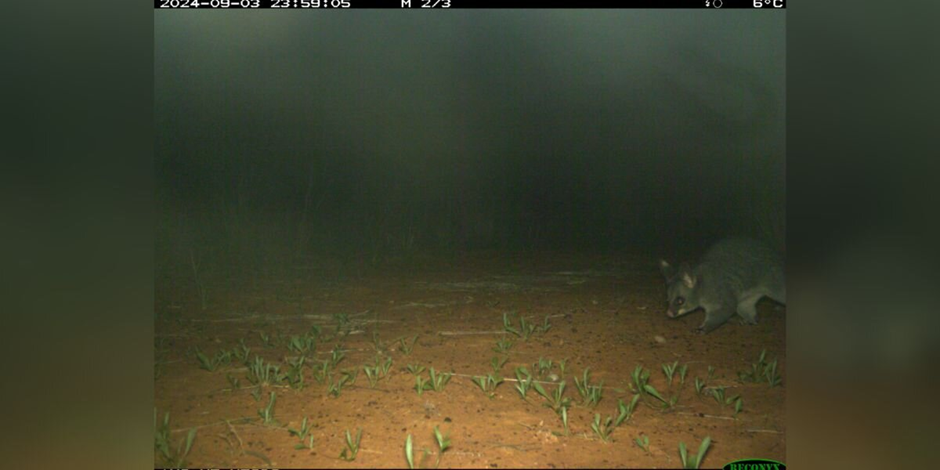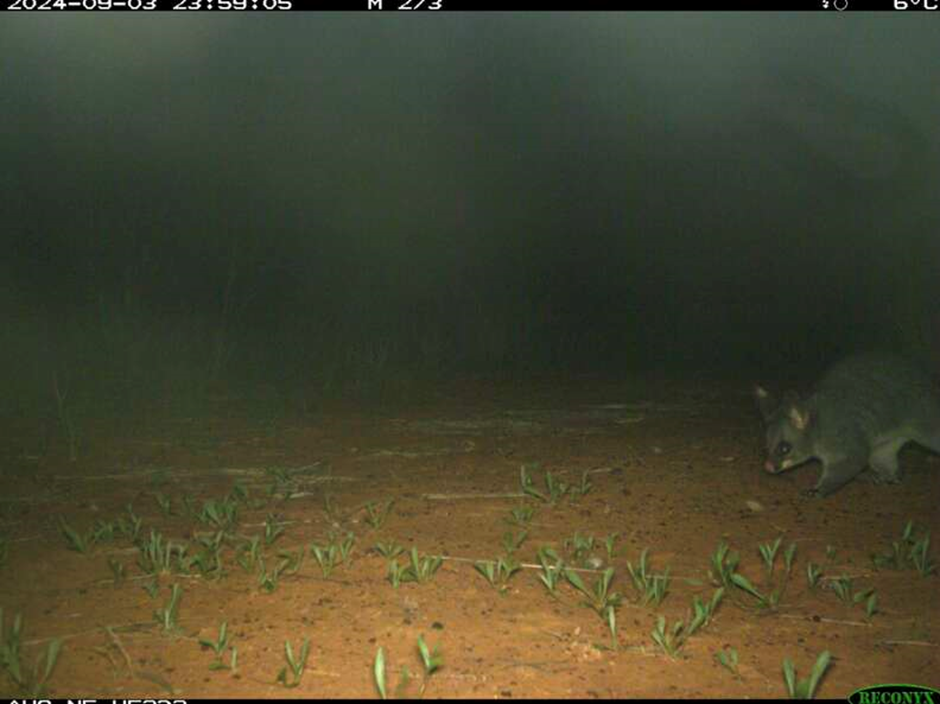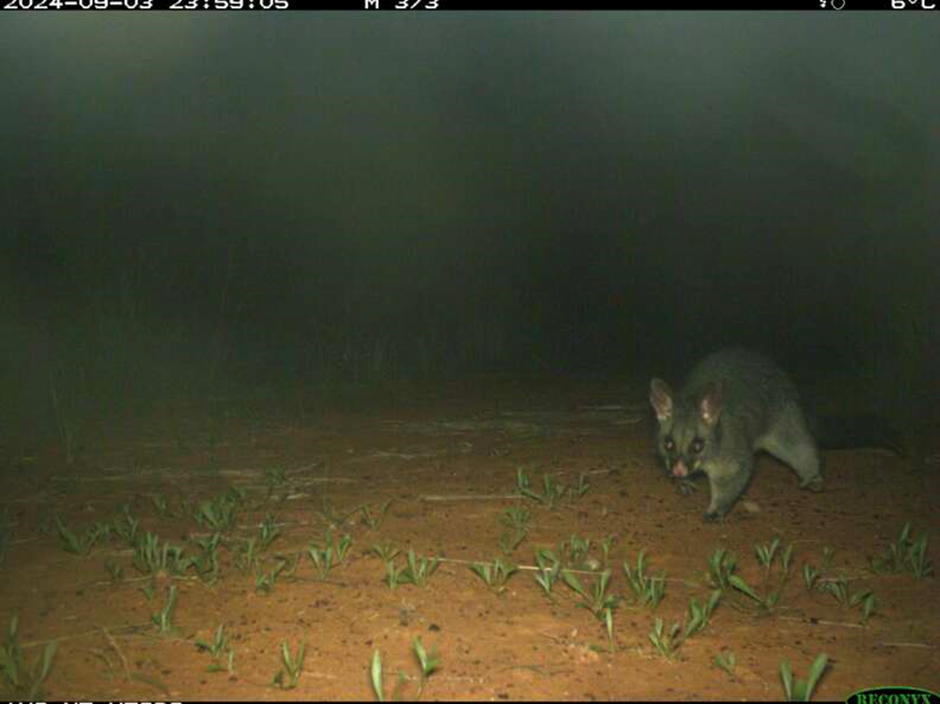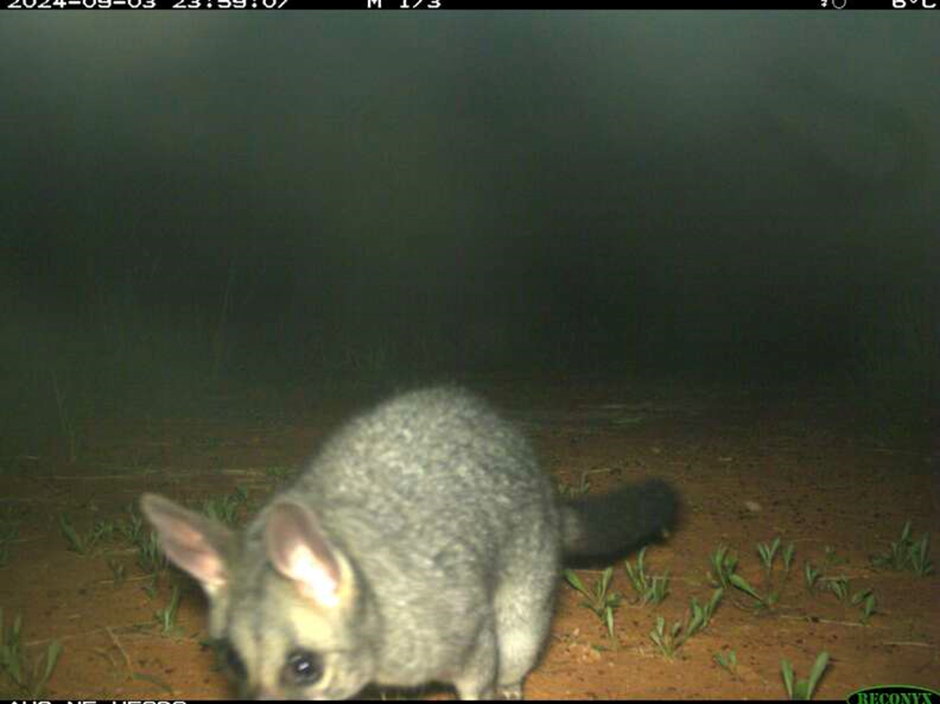
The wind on the high plateau felt like sandpaper, relentless and bitterly cold. Dr. Finn and his protégé, a sharp young biologist named Anya, huddled in their small, metal cabin, the only structure for fifty miles. Their entire world for nine months of the year was the biting white expanse of the Arctic tundra. This place was beautiful, unforgiving, and silent in a way that hollowed you out. Their work was focused on a simple, silent technology: the camera trap. These rugged boxes, disguised against the lichen-covered rocks, were their eyes in the vast, unforgiving wilderness.
For ten long years, Finn had poured his life into this project. He was after a legend—a specific line of arctic foxes known for their impossibly dense, pure white winter coats. These were creatures so perfectly camouflaged they had earned the moniker the “Ghosts of the Tundra.” They were the peak of Arctic adaptation, but also frighteningly fragile. The last clear, confirmed photograph was taken a full decade ago, and it was so blurry and distant that it quickly became the subject of cold, professional skepticism back in the city labs. Most people in the academic community had quietly agreed that the specific genetic line—the purest white, thickest coat—had likely been lost to a harsh season or encroachment from migratory predators. But Finn couldn’t let go. You don’t spend ten years chasing a phantom if you don’t believe in ghosts.

Anya, who was only 22 when she joined Finn two years ago, understood his obsession. Her own youthful idealism had been tested repeatedly by the brutal monotony of the research. Their days were a relentless cycle of fueling the generator, checking telemetry data, and, most importantly, retrieving the memory cards. The camera traps usually delivered the expected: caribou migrating in hazy lines, a few snow hares, and the occasional grumpy wolverine that sometimes knocked the tripod askew. It was data, yes, but rarely magic.
Today was the day to check the western ridge line camera, the one Finn secretly called the “Hope Cam.” It was positioned deep in a notoriously difficult ravine, accessible only after a punishing two-hour trek on snowshoes. They battled their way back to the lab, shoulders aching, fingers stiff with cold despite their thick gloves, and inserted the tiny, frozen memory card into the reader.
The ritual was always the same. Finn put on a pot of bitter, industrial-strength coffee. Anya pulled their two mismatched chairs close to the small monitor. Then came the flickering screen, and the endless scroll of empty, wind-swept scenery. Hours passed. Frame after frame of snow, rock, and sky. Anya yawned, rubbing her eyes, her mind already drifting to the mundane task of calibrating the next set of batteries, bracing herself for the familiar disappointment.
“Nothing but static, Finn,” she mumbled, her chin resting on her chest. “Looks like the wolverine got to that one too.”
Finn merely grunted, his gaze locked on the screen, a quiet habit of vigilance she’d learned to respect.
Then, there was a jump in the sequence. Not a static error, but a sudden, definite shift in the ambient light of the frame. The last few frames showed a blizzard finally clearing, the wind whipping powder across the lens like smoke. Then, the snow stopped, the light snapped into focus, and a sudden, sharp intake of breath from Finn caused Anya’s head to snap up so fast she nearly spilled her coffee.
There, emerging from the swirl of white, was an animal. It wasn’t padding across the frame carelessly; it paused. It was a fox, but not like any they usually saw. This one was magnificent—a vision of pristine, blinding white fur, a living part of the snow it was standing on. Its coat was impossibly thick, giving it the appearance of floating on the air. The black of its eyes and the tip of its nose provided the only stark contrast to the perfect winter scene. The fox stood tall, attentive, alert, almost posing for the brief, perfect moment the camera captured it.
“Oh, Finn,” Anya whispered, her voice cracking with pure shock and reverence. “It’s… it’s him. The Ghost is real.”

The creature wasn’t just a white fox; it was the fox. Finn knew instantly, recognizing the specific density of the fur and the slightly larger frame that indicated a healthy, dominant male. This was the exact phenotype they had been searching for, the one they had feared had succumbed to the relentless environment. It was irrefutable proof of a small, tenacious population thriving against all odds, keeping their ancient secret safe in the vastness.
Finn leaned forward, his weathered hands gripping the desk edge so hard his knuckles turned white. He silently scrolled to the next series of images. The fox wasn’t gone; he was trotting across the frame, a flurry of controlled, graceful motion. Its feet barely seemed to touch the ground, propelled by power and purpose. It looked healthy, strong, and utterly majestic—a king in its white kingdom.
They had more than a fleeting glimpse; they had several minutes of recorded footage. The fox stopped to scent the air, demonstrating a practiced patience as it hunted a small rodent. Then it paused to listen, its sharp ears rotating, and finally, it settled down. The most incredible moment was when it curled into a perfect ball of fluff, literally melting into the snowy landscape until only its sharp, intelligent eyes were visible, looking directly toward where the camera was hidden. That look, captured so perfectly, felt like the fox was acknowledging them, giving them permission to witness its miracle.
The emotion in the room was overwhelming. It wasn’t the excitement of a dry scientific breakthrough; it was the quiet, profound relief of finding a lost piece of the world. For Finn, who had poured the last decade of his life and his professional reputation into this search, it was an answer to a prayer he hadn’t realized he’d been holding onto so tightly. He felt the tension that had been locked in his shoulders for ten years finally release.
“Ten years,” Finn finally managed, his voice thick with emotion, looking at the creature that was, for all intents and purposes, a living legend. “Ten years of checking empty frames. He came back, Anya. He actually came back.“

They spent the next hour cross-referencing the image with the archived blurry photo from a decade earlier, tracing the subtle curve of the muzzle, the dark stripe along the foreleg. It wasn’t the same animal, but it was undoubtedly a direct descendant—the line was unbroken.
This animal wasn’t just a data point; it was a symbol of resilience that transcended their spreadsheets and reports. It was a secret kept by the Arctic, a reminder that even when human efforts fail and hope dwindles, life finds a way to endure in the quiet, isolated corners of the world. They sat in silence for a long time, watching the white fox move across the small screen, a miraculous apparition proving that belief, even after a decade of waiting, can emerge, powerful and vibrant, from the deepest snow. The silence of the tundra no longer felt empty; it felt purposeful, guarded by a ghost.

